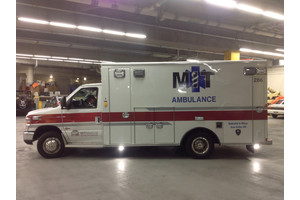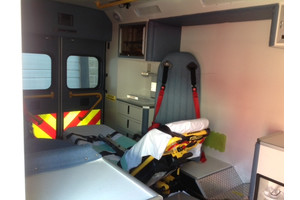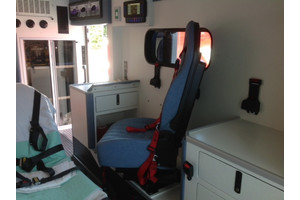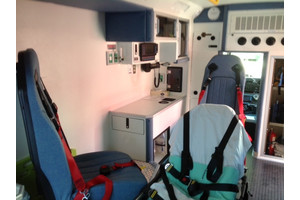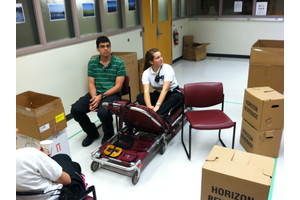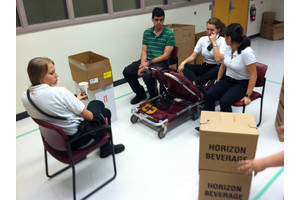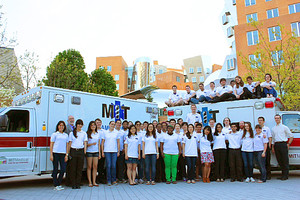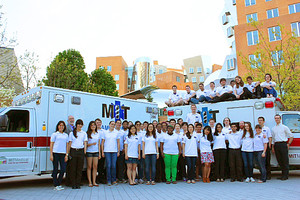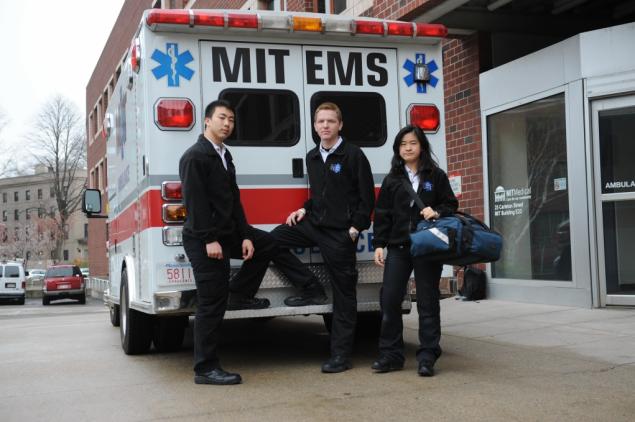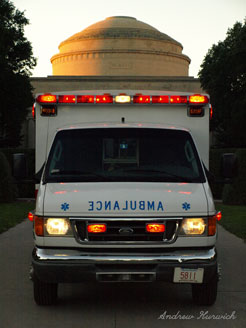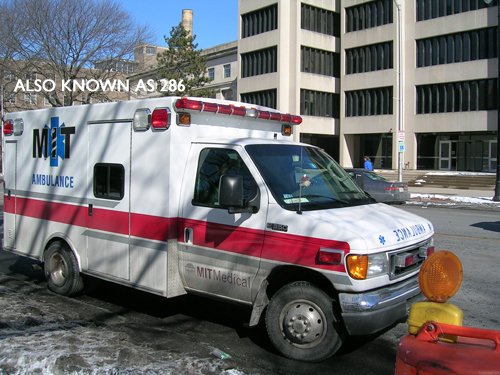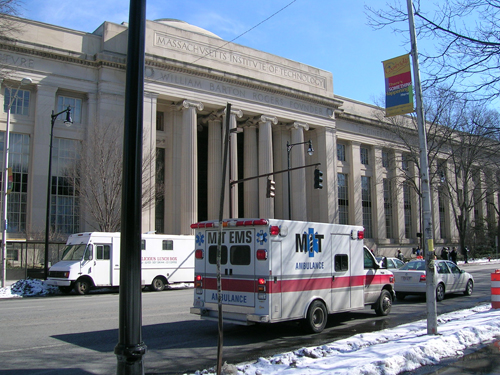Senior Dylan Soukup has fought cancer on two fronts — and led MIT EMS through deep loss.
Jessica Fujimori, MIT News correspondent
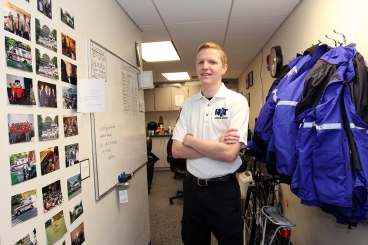 In the summer after his freshman year at MIT, Dylan Soukup sat in an operating room in his home state of Arizona watching a days-old infant's heart stop — and start again. In the summer after his freshman year at MIT, Dylan Soukup sat in an operating room in his home state of Arizona watching a days-old infant's heart stop — and start again.
Soukup was shadowing Michael Teodori '77, a cardiac surgeon at the University of Arizona Medical Center. "Watching him do those surgeries was just beyond incredible," Soukup says. "These babies are born with these defects in their heart; through no fault of their own, their heart is failing. And being able to step in and confidently say that you can fix this tiny little baby heart — that's what I want to do."
In 1993, Soukup himself was a hospitalized infant: At five months old, he was diagnosed with a form of cancer called neuroblastoma. "The good thing about neuroblastoma is that at such a young age, it's one of the most curable cancers," Soukup says. After two rounds of chemotherapy, the cancer regressed; by the time he was five, it was gone for good.
"I don't remember any of the treatment or the cancer, but it's affected me so much throughout life," Soukup reflects. Now a biology major who hopes to become a surgeon, Soukup has conducted research at MIT's Koch Institute for Integrative Cancer Research, co-directs the MIT chapter of Camp Kesem — a summer program for children whose parents have cancer — and leads the MIT Emergency Medical Services (MIT EMS) team, which provides emergency response and ambulance service to the Institute's campus.
The study of life
In school, Soukup gravitated toward math and science classes, and particularly loved biology. "The questions are just so interesting — all the different parts coming together to create life," Soukup says. "Life is such a very intricate thing."
Though neither of his parents had finished college, Soukup applied to four schools, hoping to major in bioengineering and conduct cancer research. "MIT, with the Koch Institute, drew me immediately," Soukup says.
As a sophomore, Soukup began research in the lab of Tyler Jacks, the David H. Koch Professor of Biology and director of the Koch Institute — assisting postdoc Nadya Dimitrova in investigating a recently discovered type of RNA called lincRNAs, which are believed to play a role in cancer-related pathways.
"There are tons of theories right now, and many of the RNAs could serve different functions," Soukup says. "What we've learned about the lincRNA we're looking at is that it assists in the transcriptional regulation of a neighboring protein and, in turn, has a number of downstream effects"
This particular lincRNA plays a role in a pathway known to researchers as p53, which acts to suppress the growth and spread of tumors. Like an assistant gathering and copying documents, the RNA helps ensure that the proper components are in the right places.
"How does a cell know that all these proteins should come to this locus and transcribe that gene?" Soukup says. "It's just a very small piece of the puzzle."
A life-changing summer
Today, Soukup is determined to pursue a career in medicine. But up until his junior year of high school, he dreamed of becoming a pilot. It was summer camp that changed his mind.
Although Soukup didn't remember his struggle against cancer, his family did. "It especially affected my brother because he was 6 years old at the time, and my parents were focused on me in the hospital and he got less attention," Soukup says. Later, the two brothers attended Camp Sunrise and Sidekicks, a camp for children with cancer and their siblings.
"There is when the whole story starts," Soukup says. "I started learning the stories of all my friends there, who do remember their cancer. They remember spending months and months in the hospital; they remember the horrors of that and how traumatizing it is as a child."
The stories struck a deep chord with Soukup. "It just gave me such a profound respect," he says. "I wanted to pay back what I had been given. I thought, 'Why not combine my passion for biology with my passion for helping others — become a doctor?'"
Soukup returned to the camp as a counselor, and loved the experience so much that he still returns each summer. So when he heard of an MIT student group that runs a similar one-week program, called Camp Kesem, he didn't hesitate to join.
"It's a camp for kids whose parents have cancer; these kids experience the same side of things as my brother, or what I imagine he went through," Soukup says. "I immediately said, 'There's no way I can't do this.'"
MIT's chapter of Camp Kesem is run by a group of 19 students, with the assistance of nearly 60 others who serve as camp counselors and staff, who create a magical week packed with fun, games, silliness, and some moments of deep reflection for 100 or more kids. After serving first as a counselor and then as a coordinator of the camp, Soukup became its co-director. Now, he spends the academic year fundraising and planning for the camp, which will expand to two weeklong sessions this year. But as much as he puts into the camp, Soukup says he gets more out of it.
"It's hard to put into words, but you learn so much from these kids," he says. "The resilience that they show is something that I will take with me for the rest of my life."
Lives saved, life lost
When Soukup heard about MIT EMS, he couldn't wait to join. "I thought it was so cool — you're working in an ambulance, and it's run by students," he says.
He became certified as an EMT during January of his freshman year, then started working his way up the ranks of MIT EMS. The group's ambulance is on call 24/7, with each day divided into four shifts with a crew chief, an experienced second rider, and a novice third rider. Soukup threw himself into the service, working all the hours he could. By his sophomore year, he was a senior EMT and a mentor to new members; by his junior year he was a crew chief and the group's director of professional development.
By then, Soukup was working for MIT EMS roughly 400 hours a semester — many times the 49 hours required of members of the group. The EMT bunkroom in the basement of the Stata Center had become a familiar hangout, and his fellow EMTs were close friends. "You're on shift with three people, so you become really good friends with them," Soukup says. "It's a really tightknit group of people, and everybody gets to know each other."
When a call came in over the radio, the three volunteers on shift would hop into the ambulance and drive to the scene — almost always finding themselves responding to an athletic injury, an intoxicated person, or a feverish patient. Sometimes, though, the calls were serious: In one case, Soukup advised an intoxicated patient to go to the hospital, even though she reported feeling fine. It turned out that advice might have saved her life: The woman had severe head trauma that, left untreated, could have killed her.
Between calls, the students would chat and play video games in the bunkroom. Sometimes, a friendly member of the MIT Police — Officer Sean Collier — would join them. Soukup always loved talking to Collier, who was usually stationed close by, just outside the Stata Center.
The students didn't always need to be in the bunkroom; if one of them had a lecture or meeting to attend during their shift, they would often park the ambulance just outside the building where the meeting was held. On the evening of last April 18, Soukup was on shift with two fellow juniors, Max Tang and Juliann Shih, when he had a 10 p.m. Camp Kesem meeting in Building W20, MIT's student center.
As Soukup pulled the ambulance up the Stata Center ramp to head to W20, Collier flashed a greeting with the lights of his cruiser, which was parked nearby. "We flashed our lights back and drove past, and we hung out the window saying, 'Bye!'" Soukup remembers.
While Soukup was sitting in his meeting in W20, a call went out over the radio, but all he could make out were the words, "Officer down!" The student EMTs, just around the corner, raced to respond to the scene outside of the Stata Center — Collier's usual spot.
"I knew it was bad when we got to Vassar [Street] and I could see police cars coming from every direction," he says. "We were the first ambulance on scene, and we found him. It was a scene I never, ever, ever want to walk into again."
The minutes that followed were surreal for Soukup and his colleagues. He drove the ambulance — with Collier inside — through deserted streets as police cars raced past, clearing the way to Massachusetts General Hospital, across the Charles River in Boston. A trauma surgeon met them at the emergency room door. While their training as EMTs had kept the students' emotions in check as they responded to the call, the reality of the situation started to hit as Soukup and his crew members stood waiting, staring at a wall in the hospital.
"We found out he was pronounced dead while we were still standing there," Soukup says. "And then we went over and said our goodbyes."
In the days that followed, Soukup witnessed a scene that amazed him: "It was incredible seeing the MIT community come together after that. The [Collier] memorial was one of the most awe-inspiring things I've ever seen in my life."
Soukup's deep sadness at the loss of Collier slowly abated, as the tightknit communities he had become a part of drew even closer in support. Last semester, he was elected as MIT EMS's chief; he's looking forward to two weeks of Camp Kesem this summer; and he's more certain than ever in his pursuit of a medical career.
"I saw the worst of humanity that week, because of the bombings and the bombers killing an officer I knew," Soukup says. "But out of the worst situation I've ever experienced in my life, I've seen the most incredible side of humanity: how people come together in tragedy. That was one of the lessons I've learned from that, and I'll carry it through medicine." |
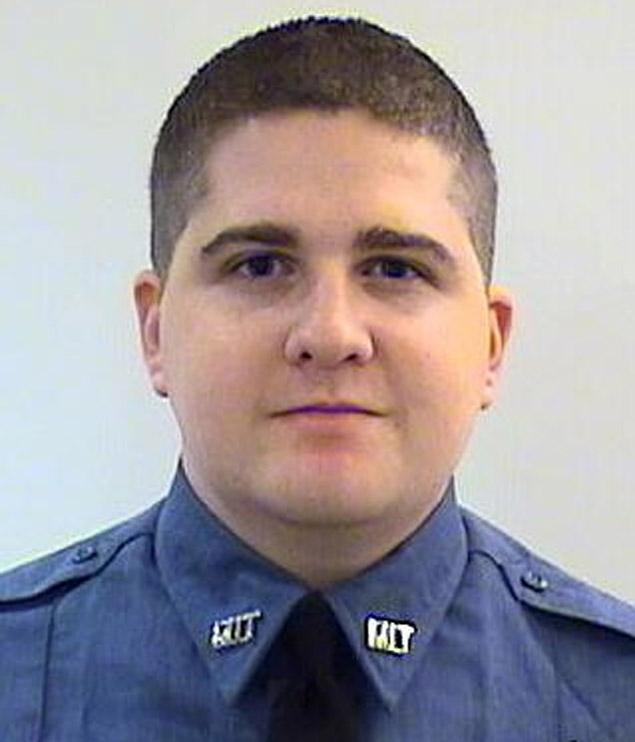
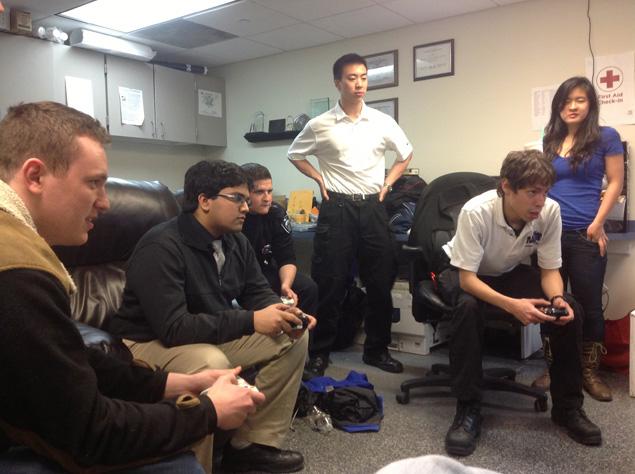
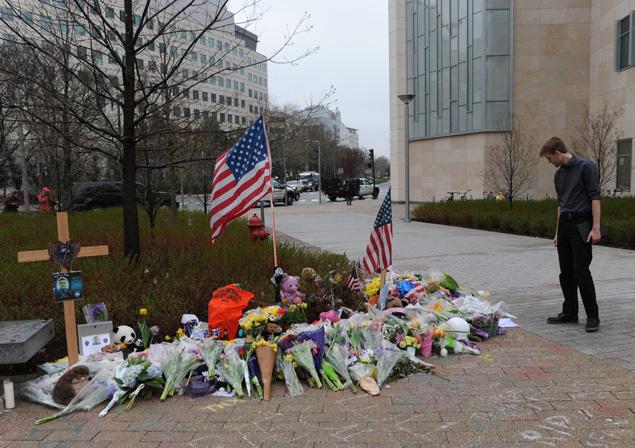
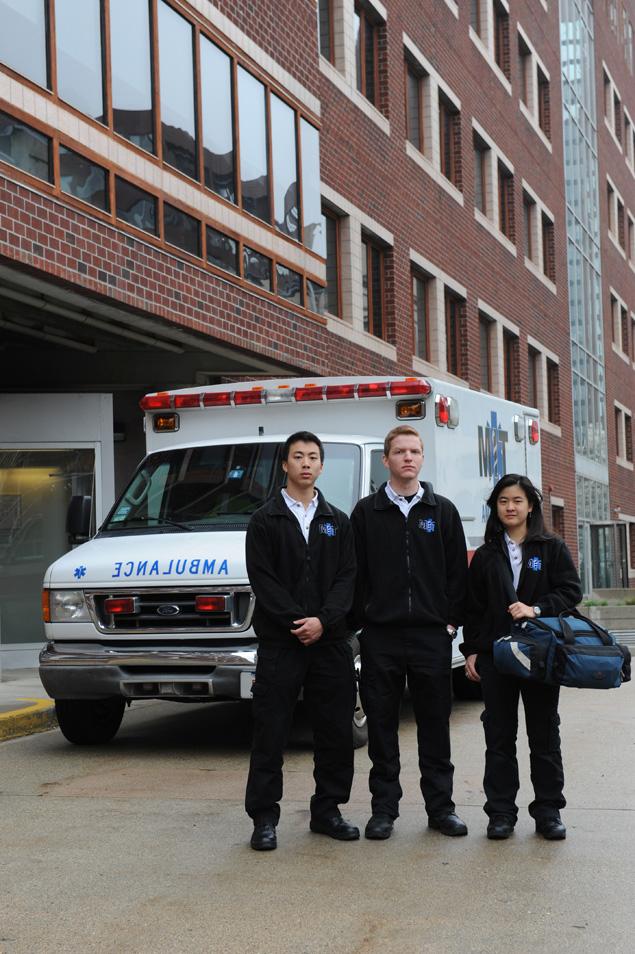

 In the summer after his freshman year at MIT, Dylan Soukup sat in an operating room in his home state of Arizona watching a days-old infant's heart stop — and start again.
In the summer after his freshman year at MIT, Dylan Soukup sat in an operating room in his home state of Arizona watching a days-old infant's heart stop — and start again.